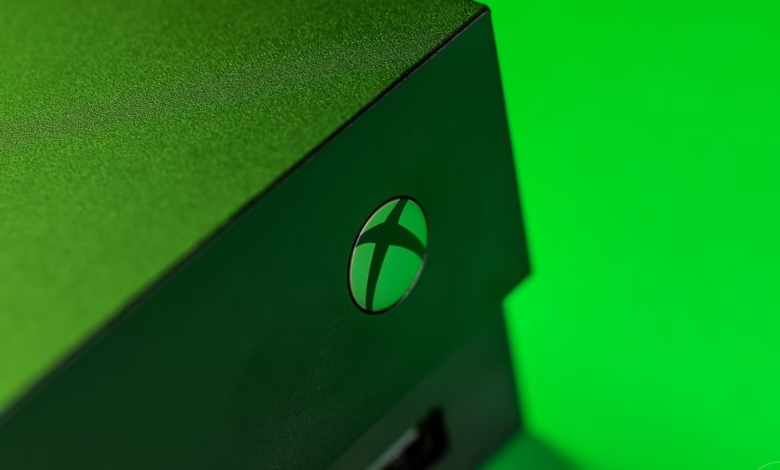Microsoft Confirms Next Xbox Will Be a PC

▼ Summary
– Microsoft announced a partnership with AMD to co-engineer chips for its next-generation Xbox consoles, continuing their long-standing collaboration.
– The next Xbox consoles will run on Windows and support multiple game stores, aligning with rumors of more open, PC-like devices.
– Xbox president Sarah Bond emphasized backward compatibility, ensuring the new consoles will play existing Xbox games while enhancing graphics and AI capabilities.
– Microsoft’s vision includes a broader “portfolio of devices,” suggesting future Xbox hardware may span consoles, handhelds, PCs, and cloud gaming.
– The partnership with AMD means the next Xbox won’t use Nvidia’s DLSS technology, potentially diverging from PlayStation’s hardware strategy.
Microsoft has confirmed its next-generation Xbox consoles will embrace a PC-like architecture, marking a significant shift in the company’s gaming strategy. The announcement came during a recent partnership reveal with AMD, where Xbox president Sarah Bond outlined plans for more open, Windows-based hardware that breaks from traditional console limitations.
AMD will continue supplying custom chips for future Xbox devices, building on a relationship that dates back to the Xbox 360 era. However, Bond’s phrasing hinted at a fundamental change, the next Xbox won’t be confined to a single storefront or locked into proprietary ecosystems. Instead, it will leverage Windows as its foundation, aligning with rumors that Microsoft envisions a more flexible, PC-inspired approach to gaming hardware.
This direction gains further credibility with the recent launch of the ROG Ally X, an Xbox-branded handheld developed by Asus. Running a streamlined version of Windows, the device supports multiple game stores, including Steam, though it lacks native backward compatibility with Xbox console titles. Bond clarified that future Xbox hardware won’t share this limitation, emphasizing backward compatibility as a priority.
“We’re ensuring Windows remains the premier platform for gaming,” Bond stated, highlighting collaboration between Xbox and Windows teams. The goal is a seamless experience across devices—whether console, handheld, or cloud-based. While specifics remain scarce, the language suggests a broader hardware lineup rather than a single traditional console.
Interestingly, Bond referenced multiple Xbox devices for “your living room and your hands,” sparking speculation about a Microsoft-made handheld. Recent reports, however, indicate internal handheld projects may have been shelved. Meanwhile, AMD’s involvement means Xbox will miss out on Nvidia’s DLSS technology, a notable disadvantage given its widespread adoption in PC gaming and Nintendo’s upcoming Switch 2.
This shift signals a growing divergence between Xbox and PlayStation strategies. While Sony continues refining its closed console model, Microsoft appears committed to blurring the lines between PC and console gaming. The result could redefine what players expect from hardware—offering flexibility, cross-platform access, and a unified ecosystem unlike anything seen before in console gaming.
(Source: Polygon)
